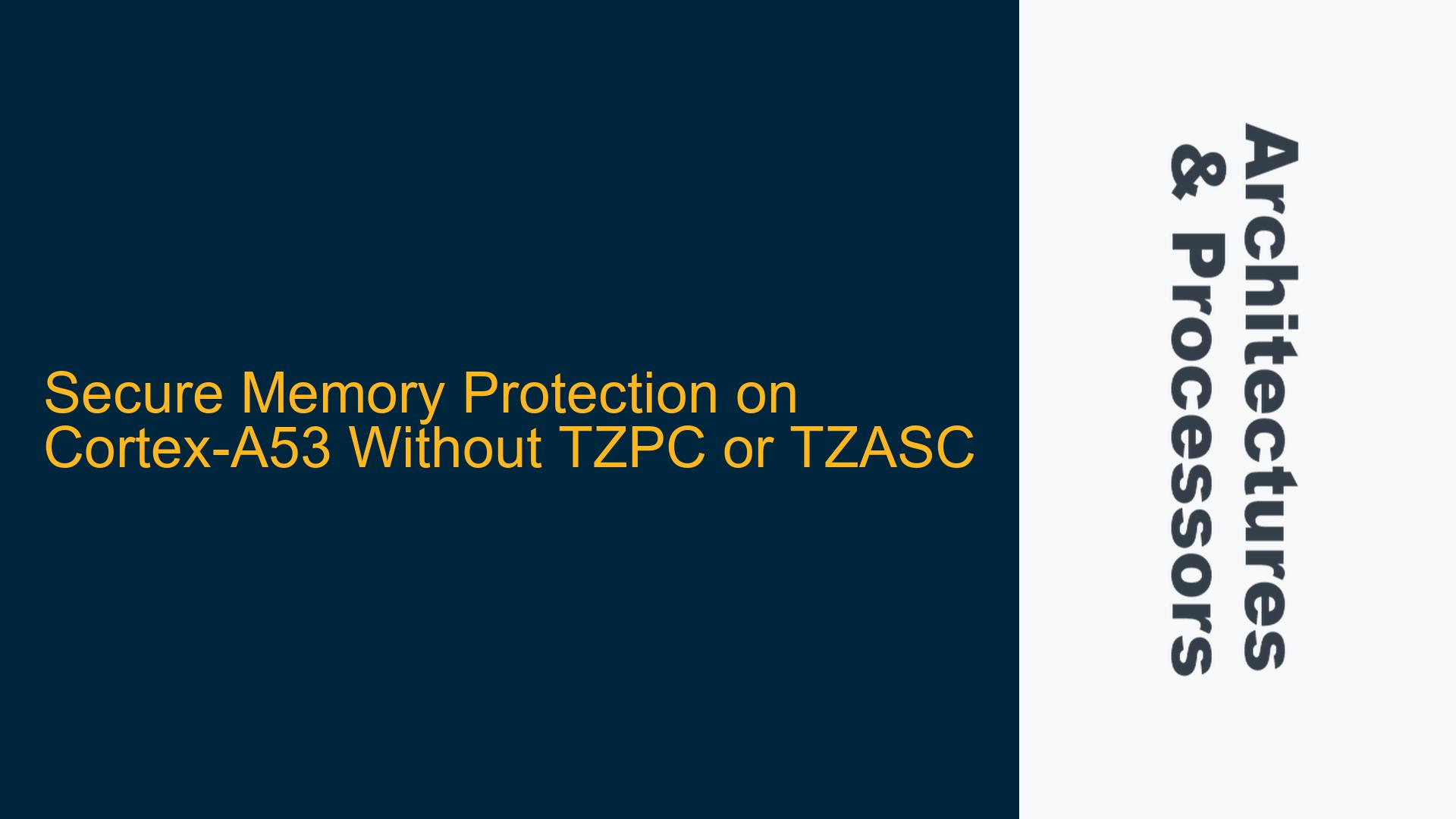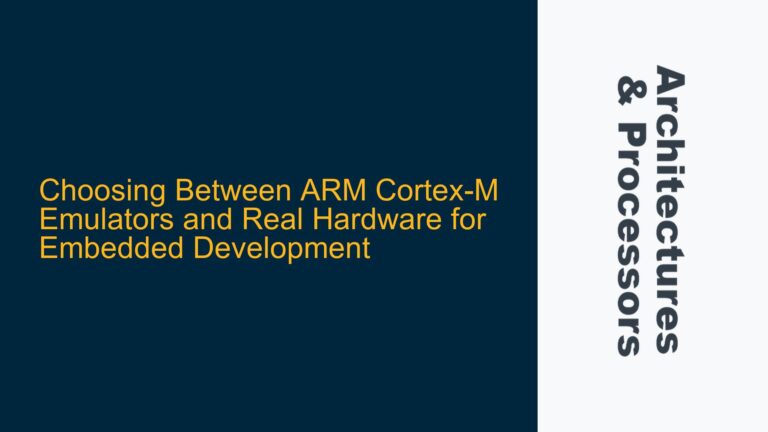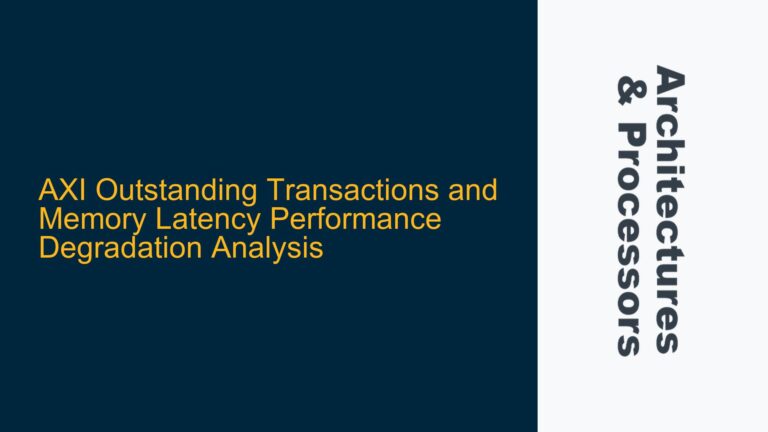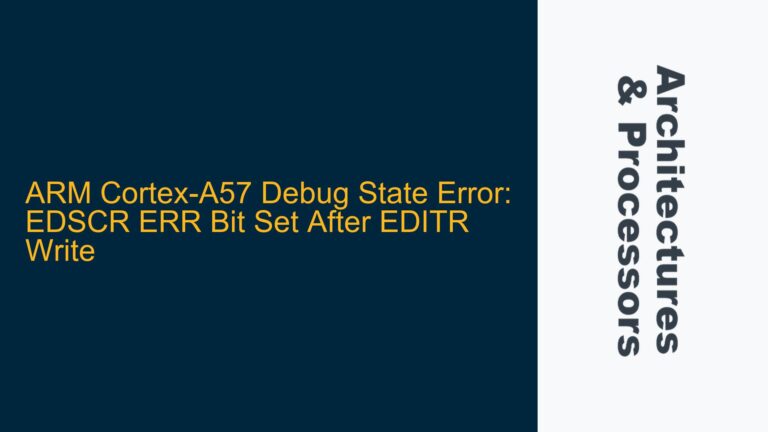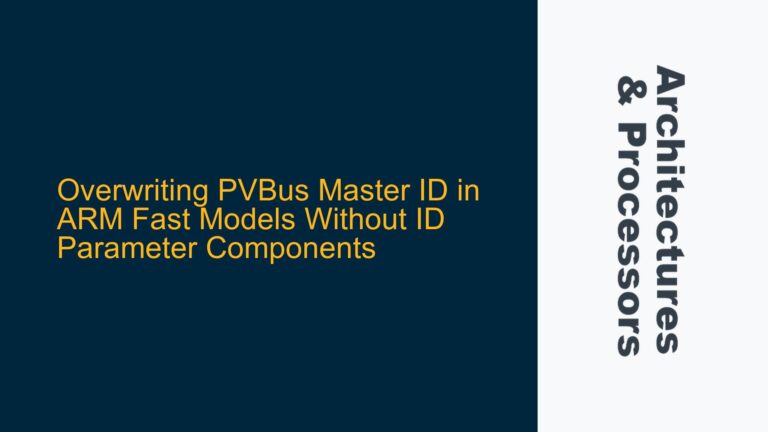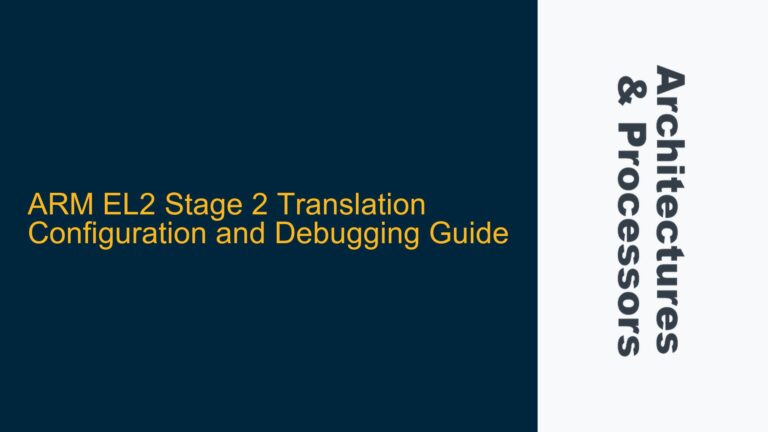ARM Cortex-A53 Memory Protection Limitations in TrustZone Implementation
The ARM Cortex-A53 processor, as used in the Raspberry Pi 3, incorporates ARM’s TrustZone technology, which is designed to provide a secure environment for executing trusted code and protecting sensitive data. TrustZone achieves this by partitioning the system into secure and non-secure worlds, with hardware-enforced isolation between the two. However, the Cortex-A53 in the Raspberry Pi 3 lacks certain TrustZone features such as the TrustZone Protection Controller (TZPC) and TrustZone Address Space Controller (TZASC). These components are typically used to configure memory protection and access control in more advanced TrustZone implementations.
The absence of TZPC and TZASC means that the Cortex-A53 on the Raspberry Pi 3 cannot leverage these specific hardware mechanisms to enforce memory protection. TZPC is responsible for configuring peripheral access permissions, while TZASC is used to define secure and non-secure memory regions. Without these components, developers must rely on alternative methods to enforce memory protection and ensure that certain memory regions are only accessible at the highest privilege level, EL3.
The primary challenge lies in ensuring that memory regions intended for secure use are not accessible from lower exception levels such as EL2, EL1, or EL0. This is particularly critical in a bare-metal environment where there is no operating system to manage memory access permissions. The Cortex-A53’s Memory Management Unit (MMU) and Translation Table Base Registers (TTBRs) can be configured to enforce memory protection, but this requires careful setup and understanding of the processor’s memory management capabilities.
Memory Management Unit Configuration and Exception Level Access Control
One of the key mechanisms for enforcing memory protection on the Cortex-A53 is the Memory Management Unit (MMU). The MMU allows for the configuration of memory access permissions through translation tables, which define the attributes of memory regions, including whether they are accessible from specific exception levels. By configuring the MMU correctly, it is possible to restrict access to certain memory regions to EL3 only.
The Cortex-A53 uses two Translation Table Base Registers (TTBR0 and TTBR1) to point to the translation tables for the lower and upper halves of the virtual address space, respectively. Each entry in the translation tables includes access permission bits that define which exception levels can access the memory region. For example, the AP (Access Permission) bits in the page table entries can be set to allow access only from EL3, effectively preventing access from EL2, EL1, or EL0.
In addition to the MMU, the Cortex-A53 provides other mechanisms for enforcing memory protection, such as the Domain Access Control Register (DACR) and the Secure Configuration Register (SCR). The DACR allows for the configuration of memory domains, which can be used to group memory regions with similar access permissions. The SCR, on the other hand, is used to configure the security state of the processor and can be used to enforce secure world-only access to certain memory regions.
However, configuring these registers and translation tables correctly requires a deep understanding of the Cortex-A53’s memory management architecture. Misconfiguration can lead to security vulnerabilities, such as unauthorized access to secure memory regions or system crashes due to invalid memory accesses. Therefore, it is essential to follow best practices for configuring the MMU and other memory protection mechanisms on the Cortex-A53.
Implementing Secure Memory Protection on Cortex-A53 Without TZPC or TZASC
To implement secure memory protection on the Cortex-A53 without TZPC or TZASC, developers must rely on a combination of MMU configuration, exception level access control, and careful management of the processor’s security state. The following steps outline a detailed approach to achieving this:
First, configure the MMU to define secure and non-secure memory regions. This involves setting up the translation tables with appropriate access permissions for each memory region. For example, memory regions intended for secure use should be marked as accessible only from EL3, while non-secure memory regions can be marked as accessible from lower exception levels. This can be achieved by setting the AP bits in the page table entries accordingly.
Next, configure the Domain Access Control Register (DACR) to define memory domains with specific access permissions. For example, a secure domain can be created that includes all memory regions intended for secure use, with access restricted to EL3. This ensures that any attempt to access these memory regions from a lower exception level will result in a permission fault.
In addition to MMU and DACR configuration, the Secure Configuration Register (SCR) should be configured to enforce the security state of the processor. The SCR includes bits that control whether the processor is in secure or non-secure state, and can be used to ensure that certain operations, such as accessing secure memory regions, are only allowed when the processor is in secure state.
Finally, it is important to implement proper exception handling to deal with any permission faults or other memory access violations that may occur. This includes setting up the appropriate exception vectors and handlers to ensure that any unauthorized access attempts are detected and handled appropriately.
By following these steps, developers can implement secure memory protection on the Cortex-A53 without relying on TZPC or TZASC. However, it is important to note that this approach requires careful configuration and testing to ensure that the memory protection mechanisms are working as intended. Misconfiguration can lead to security vulnerabilities or system instability, so it is essential to follow best practices and thoroughly test the implementation.
In conclusion, while the Cortex-A53 in the Raspberry Pi 3 lacks certain TrustZone features such as TZPC and TZASC, it is still possible to implement secure memory protection using the processor’s MMU, DACR, and SCR. By carefully configuring these components and following best practices, developers can ensure that sensitive memory regions are protected from unauthorized access, even in a bare-metal environment.
